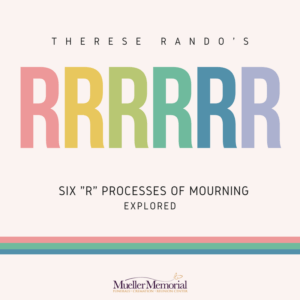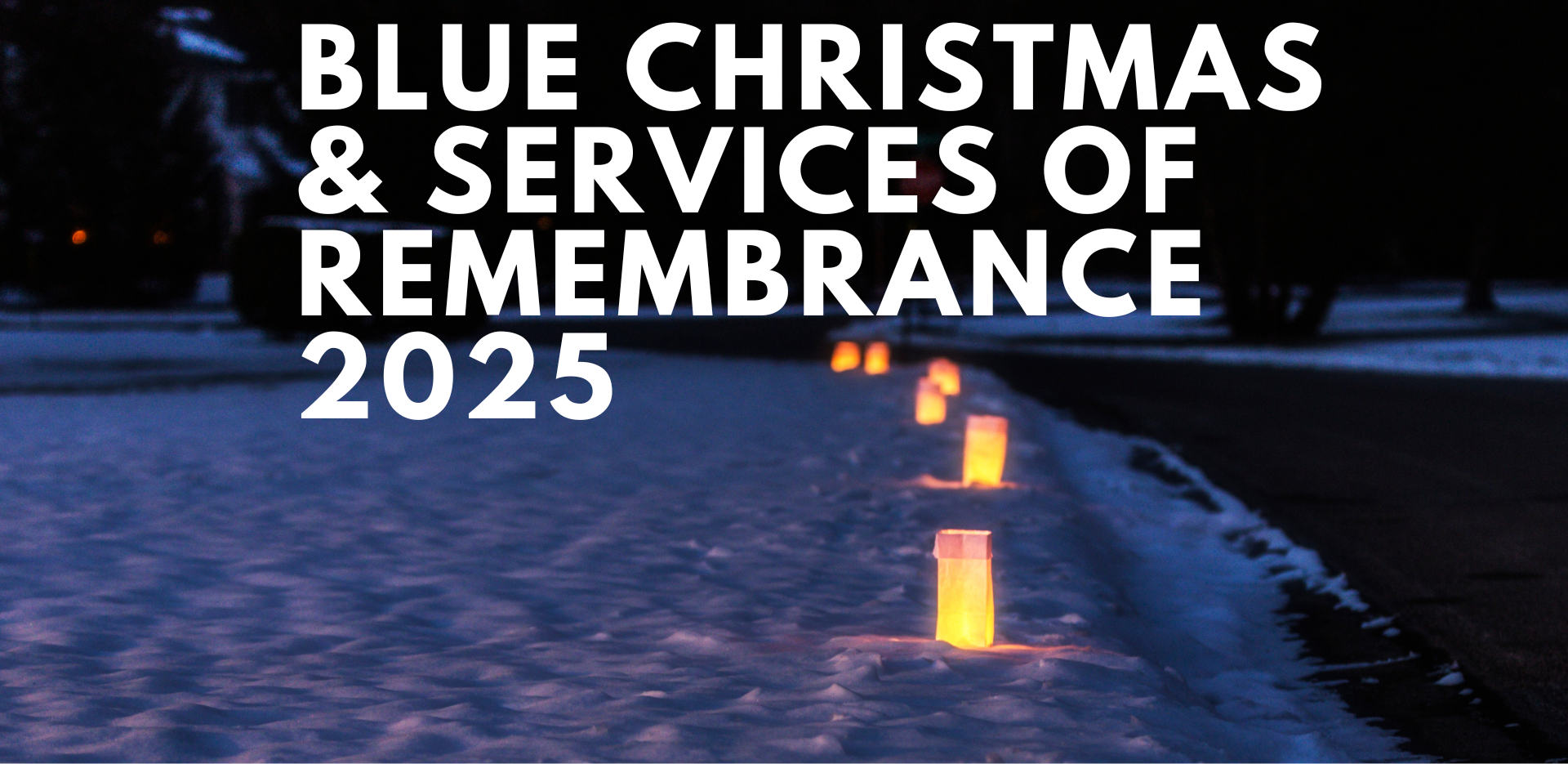Six R Processes of Mourning

Though knowing them won’t explain away your grief, it may offer a little piece of information that speaks to where you are right now. Grief theory isn’t all that exciting, but it’s worthwhile to take a look at it every once in a while to see if all this study and research can offer you or someone you know a little glimmer of insight into your own journey through grief.
So, today we’re going to take a look at Therese Rando’s Six “R” Processes of Mourning. This theory was presented in her 1993 text, Treatment of Complicated Mourning, and despite that title, this theory is meant to offer insight to “normal” mourning. (Don’t even get me started on what the heck “normal” means.) Here they are:
Therese Rando’s Six “R” Processes of Mourning
Avoidance Phase
1) Recognize the loss – acknowledging the death and understanding the death
Confrontation Phase
2) React to the separation – experiencing the pain, feeling identifying, accepting, and expressing reactions to the loss. Identifying and reacting to secondary losses.
3) Recollect and re-experience the deceased and the relationship: this requires realistically reviewing and remembering the deceased, as well as reviving and re-experiencing feelings.
4) Relinquish old attachments to the deceased and the old assumptive world
Accommodation Phase
5) Readjust to move adaptively into the new world without forgetting the old world: this mans developing a new relationship to the person who died, adopting new ways of being in the world, and establishing a new identity
6) Reinvest. Putting emotional energy into new people, goals, etc.
The part that can be tricky with this theory, like the Five Stages of Grief, is the implication that bereavement is linear—you start at Process 1 and move forward toward Process 6—and linear grief theories always makes me a little uncomfortable. If you’ve ever experienced grief you know that one day you can be feeling great and you’re “reinvesting” in life, then a day later you catch yourself struggling to “relinquish old attachments” to the way you thought your life was going to be. The identification of the six processes is insightful, but the expectation that they’ll happen in a specific order is challenging.
If you look at the processes individually you can probably recognize some things that you’ve experienced, but maybe never had the words to identify. I know they can seem a little dry and over-simplified at times—“acknowledge the death,” yeah, obviously—but if you unpack these simple lines, there can be a lot of depth in there.
Some people really do struggle to acknowledge that their loved-one is gone. Like a widow who refuses to sell her husband’s car, not because it has special sentimental value, but because she believes it’s still needed. Admitting and understanding that someone you love is gone and not coming back is no small thing. And that’s just the looking at the first process. A good exercise might be to try reading the processes again and see if there’s something more there for you if you dig into a little more deeply.







